Diagnostique a sus pacientes con más precisión y de mejores maneras con la ayuda de una calidad superior. tensiómetro de superficie en Alibaba.com. Los. tensiómetro de superficie provienen de fabricantes y proveedores líderes y son perfectos para todo tipo de diagnóstico médico y propósitos de monitoreo. Estas. tensiómetro de superficie están todos certificados, probados y equipados con las últimas tecnologías para un diagnóstico preciso.
Navegando por la vasta colección de estos impecables y competentes. tensiómetro de superficie, puede tener en sus manos algunos de los dispositivos digitales más confiables que pueden monitorear su salud de manera efectiva. Estas. tensiómetro de superficie están fabricados con materiales de alta calidad que son ecológicos y ayudan a que estos dispositivos duren mucho tiempo, lo que mejora su durabilidad. También puedes encontrar muchos. tensiómetro de superficie que son ideales para todo tipo de procedimientos de pruebas de laboratorio. Estos productos funcionan con electricidad y baterías con períodos de garantía para respaldar en caso de circunstancias desafortunadas.
Alibaba.com ofrece una colección completa de. tensiómetro de superficie para analizar la presión, el azúcar en sangre, la frecuencia cardíaca, la frecuencia del pulso, los dispositivos de extracción de sangre, los dispositivos de ECG y mucho más. Estos conjuntos de archivos. tensiómetro de superficie están equipados con una pantalla digital y luces LED para una mejor visibilidad de las lecturas. Puede elegir su requerido. tensiómetro de superficie de distintos productos de diferentes tamaños, colores, capacidades y modelos. Están certificados por ISO, CE, SGS y cuentan con excelentes servicios posventa.
Visite Alibaba.com y aproveche lo increíble. Rangos de tensiómetro de superficie que se ajustan a su presupuesto y requisitos. También puede realizar pedidos de OEM en compras a granel junto con opciones de embalaje personalizadas. El envío es rápido y se realiza a través de servicios express.






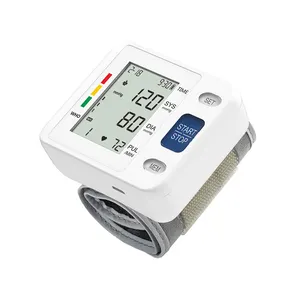

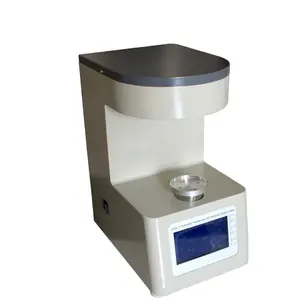
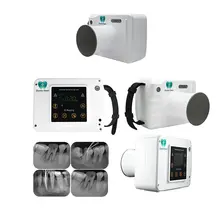

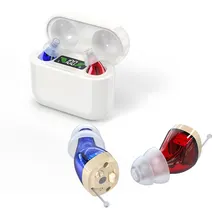

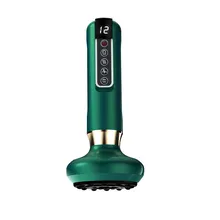




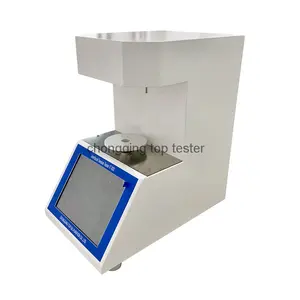













 浙公网安备 33010002000092号
浙公网安备 33010002000092号 浙B2-20120091-4
浙B2-20120091-4